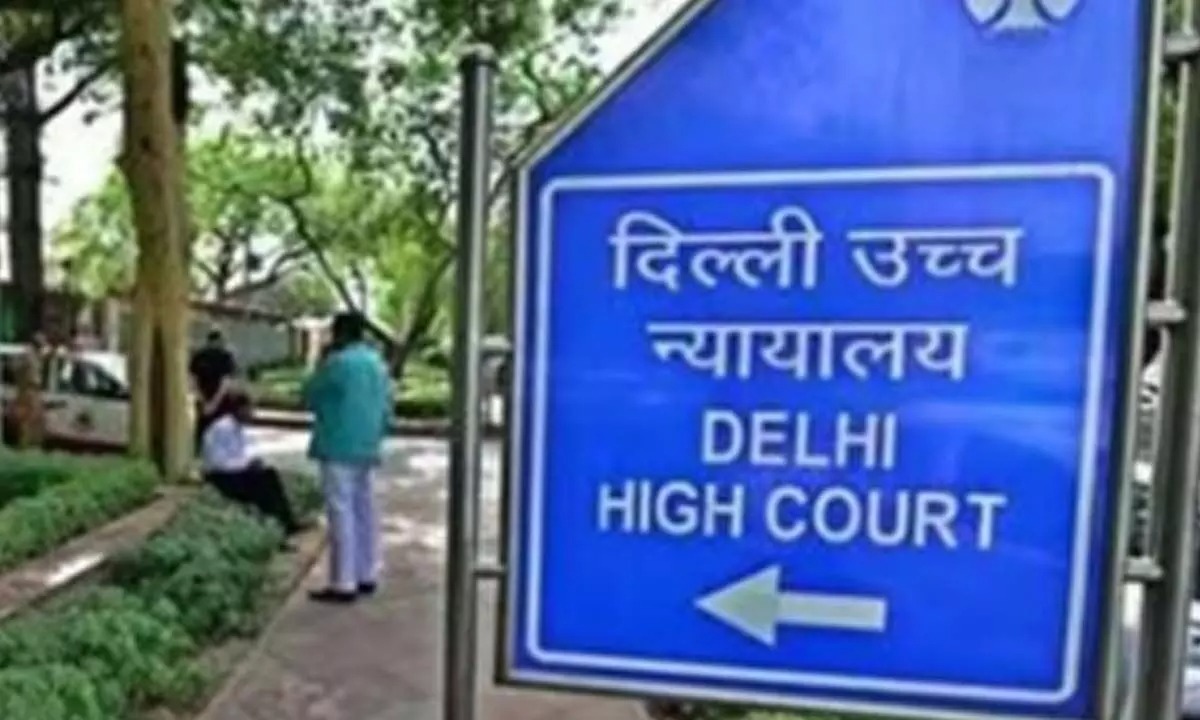@JUDGMENTTAG-ORDER
K. Sadasivan, J.@mdashThe revision petitioner applied in the Subordinate Judge''s court, Kottayam under S. 15 of the Kerala Agriculturists Debt Relief Act 11 of 1970 (shortly stated the Act) for a full settlement of his liabilities. His assets and liabilities were shown in the application ''A'' schedule being the liabilities and ''B'' schedule the assets. The only asset possessed by him is 5 cents of land with a building in the Kottayam town. This property was mortgaged to the counter-petitioner and taken back under lease agreeing to pay a monthly rent. On the basis of the lease the counter-petitioner filed B.R. C. 83/70 to evict the petitioner on the ground of arrears of rent. Along with the application under S. 15 of the Act, the petitioner had applied for stay of proceedings against him; but the learned Subordinate Judge did not issue a stay in respect of the B.R. C. proceedings. All the other proceedings pending against him were stayed. In respect of the arrears of rent and the B.R. C. proceedings taken for eviction, the contention put forward was that the Subordinate judge has no jurisdiction to issue stay in respect of a matter pending before the Rent Controller. To quote the learned judge''s own words:
To allow a stay of eviction proceedings will be grabbing at a right which is not really vested in this court. Rent due from a building is not a debt under clause (h) S. 2 sub-s. 4.
I do not think the learned judge has approached the question in the proper perspective. "Debt", according to the Act. means ''any liability in cash or kind, whether secured or unsecured, due from or incurred by an agriculturist on or before the commencement of this Act. whether payable under a contract, or under a decree or order of any court, or otherwise'' Thus any amount payable under a contract is a debt coming under the Act. What is exempted under clause (h) is ''any rent payable in respect of any building''. But in the present case what was taken back under the lease is not the building alone but the entire property mortgaged. It is thus a liability falling under S. 16. After determination of the admissibility and the amount of each of the claims under sub-s. (6) of S. 15, the court is called upon to settle the "liabilities" of the debtor. "Liability" means, "an obligation or being under an obligation". Here the petitioner is under an obligation to pay the counter-petitioner the amounts under the lease arrangement which has fallen into arrears and that liability must be treated as a ''debt'' coming within the ambit of the definition. The definition clause in the Act has to be read and understood in the context in which the word may be found in the statute. A Full Bench of this court in
A definition clause does not necessarily apply to all possible contexts in which the word may be found in a particular statute. A strict adherence to the definition may lead to an anomaly or even repugnancy. It is well settled that all statutory definitions or abbreviations must be read subject to the qualification variously expressed in the definition clauses which created them and it may be that even where the definition is exhaustive inasmuch as the word defined is said to mean a certain thing, it is possible for the word to have a somewhat different meaning in different sections of the Act depending upon the subject or the context. In view of the qualification the court has not only to look at the words but also to look at the context, the collocation and the object of such words relating to such matter and interpret the meaning intended to be conveyed by the use of the words under the circumstances. Even where the definition clause does not contain the qualifying words, some such words are to be implied in all statutes where the expressions which are interpreted by a definition clause are used in a number sections with meanings sometimes of a wide and sometimes of an obviously limited character.
These observations were made by the Full Bench in interpreting the expression "debt" in S. 15 of Act 31/58. I am, therefore, of the view that arrears of rent due from the petitioner is a liability that has to be settled under S. 16 of the Act.
Eviction under the Kerala Buildings (Lease and Rent Control) Act is based on the arrears of rent and when arrears of rent is an item of liability falling under S. 15 and 16 of the Act the eviction has to be postponed as provided in clause (5) of S. 15. Clause (5) it is contended, can take in only trial of any suit or execution of any decree against the applicant or his properties, and since there is no decree against the applicant it cannot be said that there is any execution pending, which may be stayed. This is not a correct interpretation of clause (5) of S. 15. The principle underlying clause (5) is that until the liabilities are settled, the applicant should not be harassed by any proceedings in execution so as to disturb or dislocate the state of his assets. Under the settlement, he will be given 1/4th of the assets not exceeding Rs. 6500/- in value free of encumbrances and in such allotment the homestead in which the debtor lives shall be allotted to his share. Before this stage is reached if he is evicted from the building and the building is made not available for final allotment to him, the very object of S. 15 is defeated. Even otherwise when the arrears due to the respondent is treated as a liability under S. 15, the ground for eviction is no longer there and in this view also the eviction is impossible and it has to be stayed. The order of the lower court is hence set aside and the CRP is allowed. The stay will operate against the proposed eviction under the B.R. C. proceedings also.

